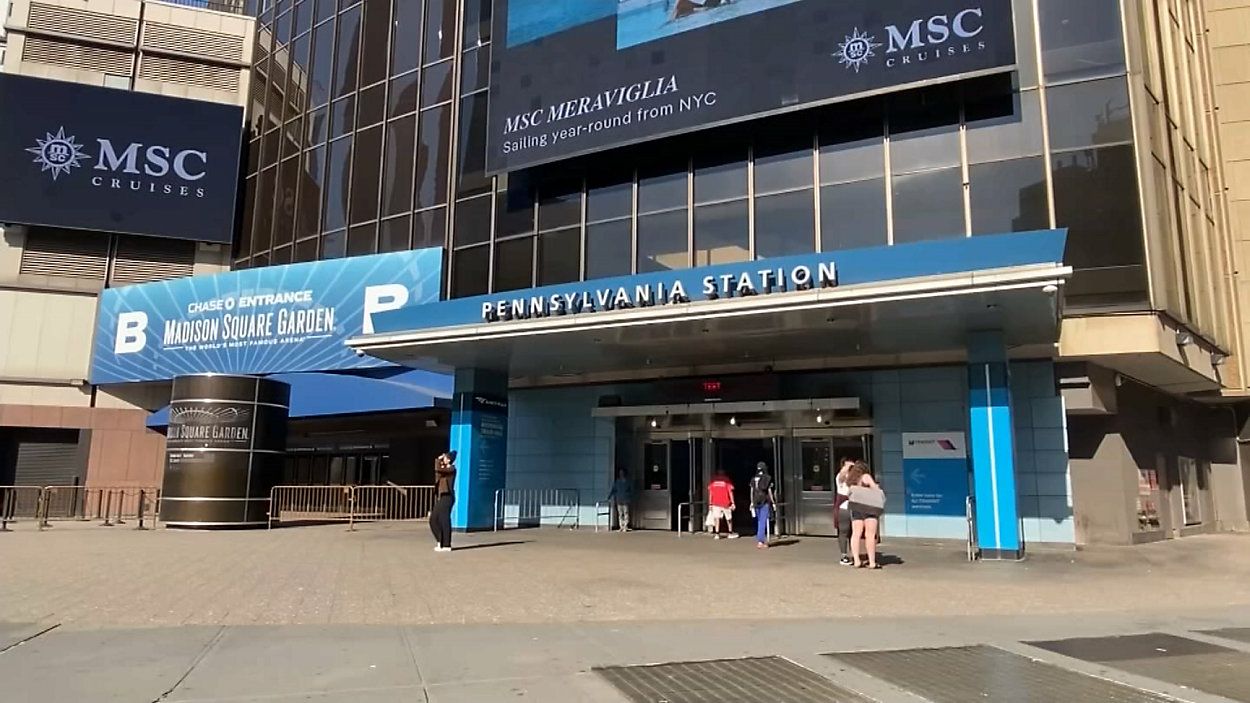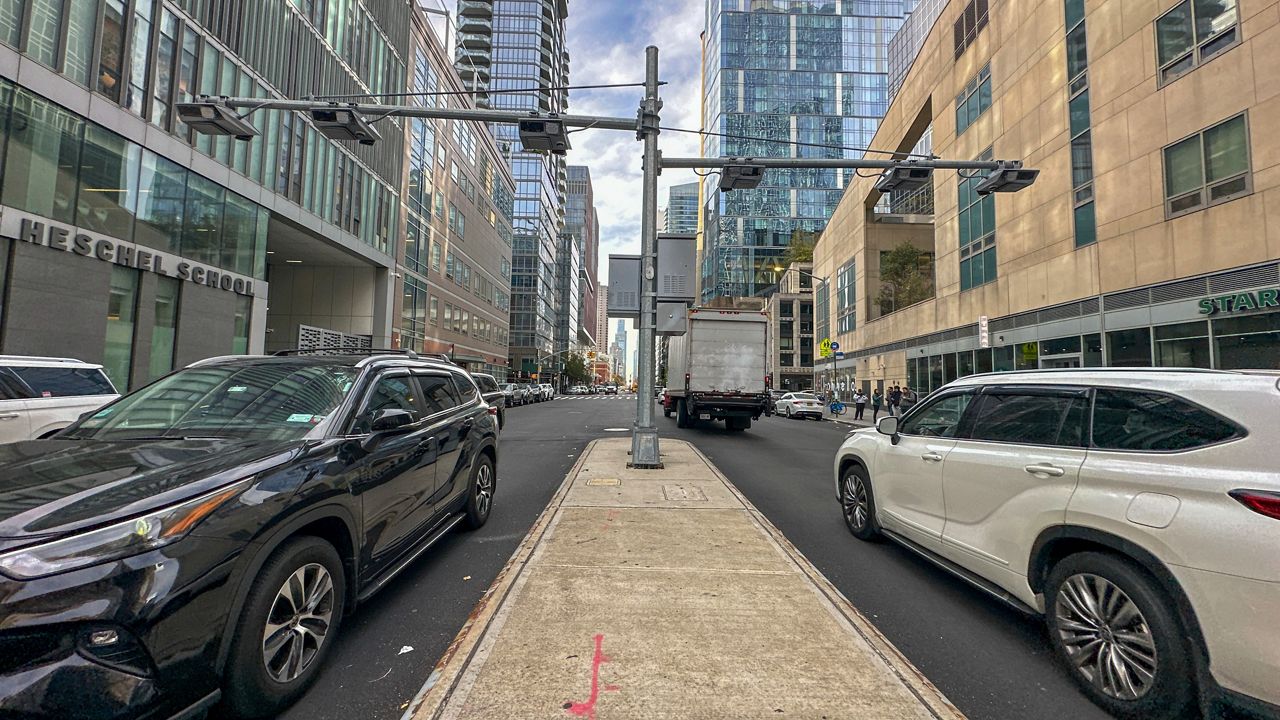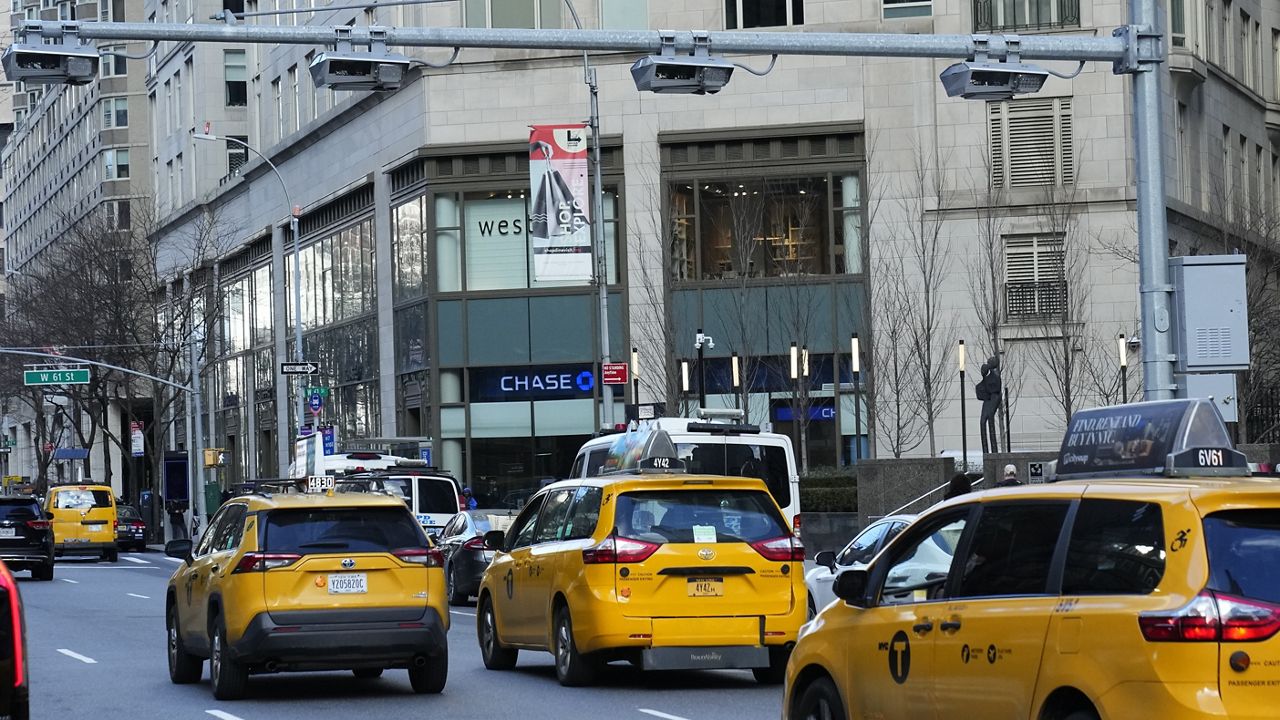The MTA Board has approved a sweeping reorganization plan that would shift power and eliminate thousands of jobs in an effort to save money and make the agency more efficient.
The MTA, a 51-year-old state agency, is set for its first major reorganization after its board on Wednesday approved a broad plan to streamline and consolidate operations.
"I think you heard unanimity on the board, which I share, that it's a blueprint," MTA Chairman Pat Foye said at the board meeting.
STRIPPING DOWN THE MTA'S INDIVIDUAL OPERATING UNITS
That blueprint, from a firm called AlixPartners and made public only a week ago, strips down the MTA's individual operating units, like New York City Transit and the Long Island Rail Road, to their core missions: providing service.
Their non-core missions — for example, legal affairs, human resources, and construction work and engineering — would be centralized, overseen by new MTA officials overseeing each function.
As many as 2,700 jobs could be eliminated, saving the agency, which is projected to face a nearly $1 billion deficit in 2023, up to $530 million a year.As many as 2,700 jobs could be eliminated, saving the agency, which is projected to face a nearly $1 billion deficit in 2023, up to $530 million a year.
But it's the consolidation of construction work and engineering across the MTA that's raising the most questions.
"We consistently hear that separating functions like capital construction and engineering from the operating divisions will create disorganized chains of commands causing higher costs, more project delays, and worse service disruptions," Ben Fried, a spokesman for Transit Center, said at the meeting.
FEARS OVER THE FUTURE OF MTA IMPROVEMENTS
Andy Byford, who oversees subway and buses, could lose power over his Fast Forward plan to revitalize the transit system with improvements that include modernizing signals and making stations more accessible to the disabled.
"These are the projects that we've seen advanced, and these are projects that are most important to our customers that they do not want to see disrupted in any way," MTA Board member Veronica Vanterpool said.
Advocates who demand more elevators in stations packed the meeting, fearful that the plan, ordered by Gov. Andrew Cuomo, would risk that effort.
"He's not just rearranging the deck chairs with the transformation plan; he is throwing the life boats overboard. Because the lifeboats are Andy Byford and the Fast Forward plan.""We think his transformation plan is shuffling deck chairs on the Titanic," accessibility advocate Sasha Blair-Goldensohn said. "He's not just rearranging the deck chairs with the transformation plan; he is throwing the life boats overboard. Because the lifeboats are Andy Byford and the Fast Forward plan."
The MTA's chairman says the savings makes those goals more likely to be realized.
"Taking out between $370 and $530 million of expense also facilitates and makes Fast Forward an investment in New York City Transit, Long Island Rail Road, and Metro-North more likely to occur," Foye said.
The debate doesn't end with the vote. Now that the MTA has its blueprint for reorganization, it's up to the brass and board members to fill in the details over the next year.
Cuomo had long railed about what he called efficiencies in the MTA's structure, arguing multiple offices had the same functions and needed to be consolidated. He and Mayor Bill de Blasio came out in support of a major transformation of the MTA's structure when they agreed on a congestion pricing proposal in February.
The MTA Board was required by law to vote on the plan by the end of the month.
FURTHER TRANSIT READING
Yellow Cabbies Push Proposal to Extend Cap on E-Hail Vehicles
Heavy Rains in NYC Make for Wet and Wild Commute
Staten Islanders Berate Port Authority Over Proposed Toll and Fare Hikes






_ES_Congestion_Pricing_Flaws_Presser_CLEAN_132774690_1428)


